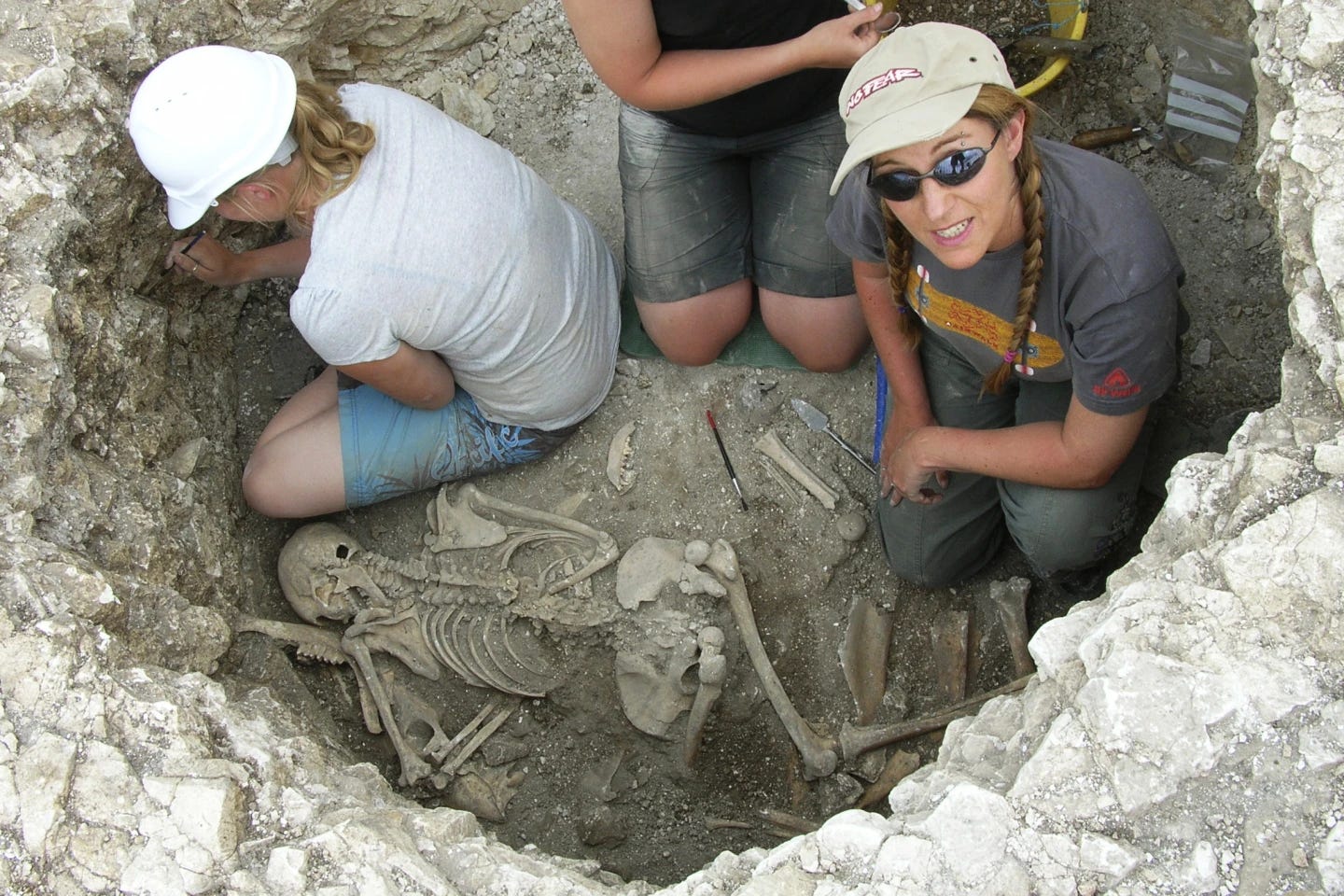Ancient DNA Reveals Women Played Key Role in Celtic Social Networks
"Ancient DNA Reveals Women's Central Role in Celtic Social Networks in Britain"
A groundbreaking genetic study suggests that women were central to social networks in Celtic Britain before the Roman invasion, with strong female family ties shaping community structures.
The research, which analyzed ancient DNA from a late Iron Age cemetery in Dorset, southwest England, indicates that women remained closely connected within their communities while men likely joined through marriage. The cemetery, in use from approximately 100 B.C. to 200 A.D., revealed that two-thirds of the 57 individuals examined shared a single maternal lineage.
"That was really jaw-dropping – it’s never been observed before in European prehistory," said Lara Cassidy, a geneticist at Trinity College Dublin and co-author of the study, published Wednesday in Nature.
The findings suggest a society where women maintained lifelong social ties, possibly inheriting or managing land and property. Cassidy noted that in this structure, husbands entered communities as outsiders and depended on their wives’ families for support and resources. This pattern, known as matrilocality, is historically rare.
Previous archaeological studies across Britain and Europe have typically found the opposite trend—women leaving their birth communities to join their husbands’ families. From the Neolithic to the early Medieval period, this patrilocal system was the norm, according to Guido Gnecchi-Ruscone of the Max Planck Institute in Germany, who was not involved in the study.
Anthropological research on pre-industrial societies from 1800 onward suggests that men have joined their wives’ extended families in only about 8% of documented cases, making the newly discovered Celtic practice even more remarkable.
Historical records had already hinted at the unique role of women in Iron Age Britain. The region was home to a network of tribes with related languages and artistic traditions—commonly referred to as Celtic. Archaeological finds include valuable grave goods buried with women, and Roman accounts, including those of Julius Caesar, describe Celtic women with a mix of admiration and disdain for their independence and martial abilities.
While the study does not necessarily suggest a matriarchal society with formal female leadership, it indicates that women had control over land and property, as well as strong social support systems. This structure made Celtic Britain more egalitarian compared to the rigidly patriarchal Roman world, according to co-author Miles Russell, an archaeologist at Bournemouth University.


